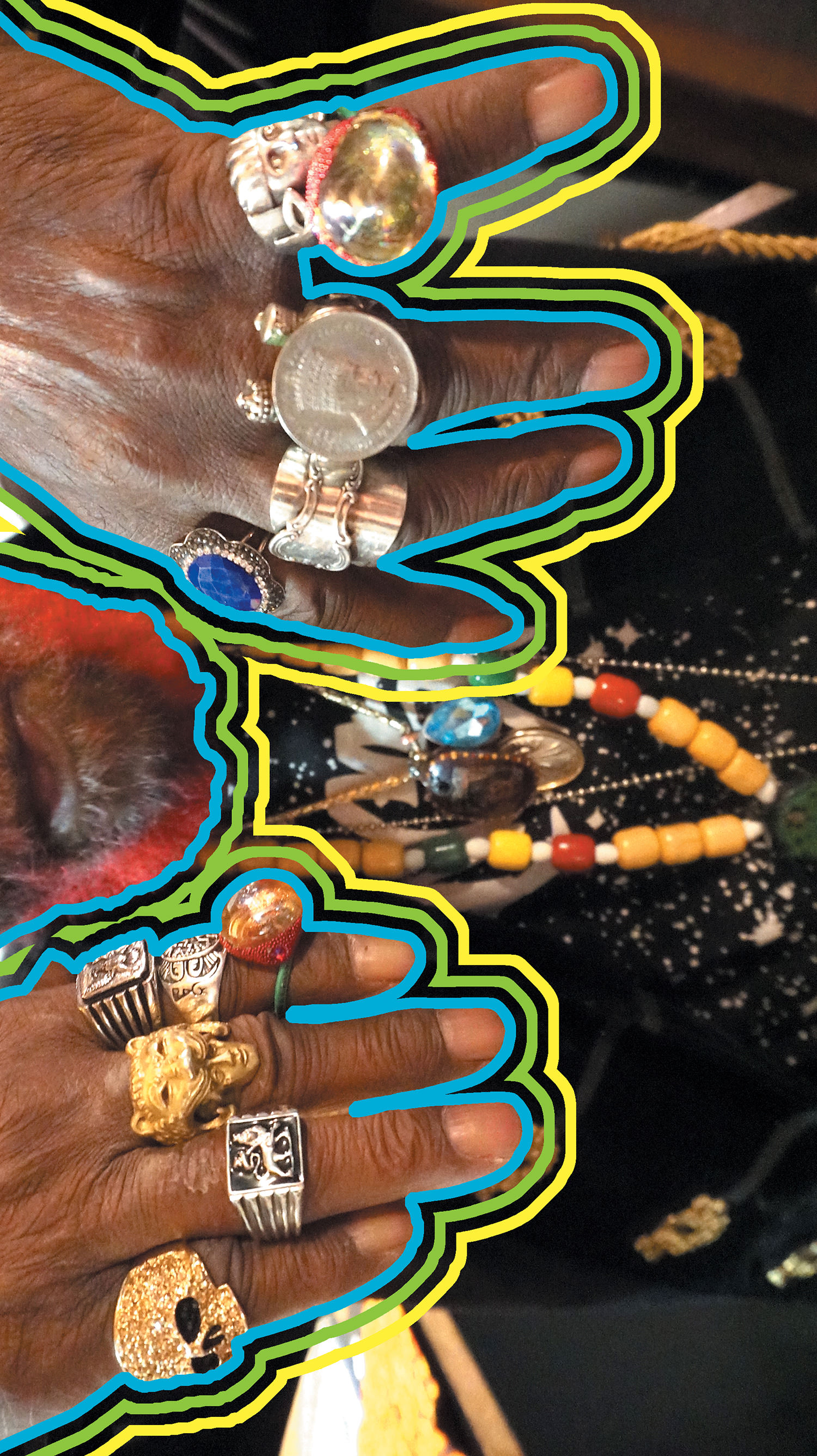Built for the 500 Series format, the Avedis E12G has 12 bands, instead of the customary ten found in many graphic EQs. The additional frequencies provide for 12 kHz (filling the gap between 8 kHz and 16 kHz found in some EQs) and 22 kHz adjustment. Controls detent at zero and have a range spanning +/- 12 dB. Smaller changes start with a broad Q that proportionally narrows the more boost or cut is employed. The EG12's input stage, called Ingenius, was developed by former Jensen Transformers president Bill Whitlock, making it ironic that it's an integrated circuit. Avedis notes this section exhibits excellent common-mode rejection while using fewer junction components. The result is a clear, natural sound input. Otherwise, there are no IC chips in the frequency bands (nor or in the audio path), which is uncommon among most graphic EQ designs. Each band has a Class A preamp, making the fidelity of this unit on par with studio-grade rack gear, as opposed to inexpensive, live sound versions. In bypass, the EQ still channels audio through the input and output stages – a Jensen output transformer coupling to the outside world.
Avedis sent a pair, so I tried them on a mastering project and was immediately surprised that E12G's self-noise, even at maximum gain, is on par with my Great River MAQ-2NV mastering EQ but louder than a Maselec MEA-2 [Tape Op #93]. On a 2-track mix the Avedis EQ is open and natural sounding. I will caution that boosting the top two bands may seem seductive at first, but moderation is in order. Although the fidelity is outstanding, these would not be easy to recall. The sliders are full-range; not the precision half-dB Grayhills I'm accustomed to. I suppose nulling to test tones might work, but it would still be coarse.
I wanted to know how the E12Gs would fare in tracking and mixing applications. Fortunately, Greg Gordon (Ghost, Slayer, Jet, Oasis) lives nearby, and he agreed to test them in some sessions. He described the E12G as super tough, tight, with punchiness in the lows and lo mids. When tracking kick drum or mono room mic, the E12G possessed improved presence and clarity over a famous graphic EQ. On guitars, the high bands provided a sense of definition and image control. While the low punch is fabulous for heavy styles, we both appreciated how the variable Q remained natural and not over effected, even with large changes.
The sliders all have the same red centerline. Many are accustomed to a distinguishing mark on the 1 kHz slider. Colored bands for each would be easier to identify in a hurry. Although detented, the sliders' tracks seemed over lubricated. As of publishing this review, Avedis has addressed this with treated ball-bearings and removing excess grease from the original manufacturer, so the E12G's sliders now are more deliberate when centered, reducing the risk of accidental changes. Finally, care is required when installing the modules. Screws at the top and bottom require some angling to pass the front opening of most 500 Series cases.
My favorite quote from Greg about the quality of Avedis gear is, "Ask anyone with good ears what are you grabbing in case there is a fire, and they all say my (Avedis) MD7s [#116] and E27s [#121], then my kids, and then the dog (in that order). Yes, though this may seem hyperbolic, the point is clear; Avedis makes future-classic gear, but it's available now, with new parts, and customer support!" I concur. Although I had a pair of EQs for this review, even one module would be an asset in recording situations. The Avedis E12G has made me re-evaluate what I thought was possible in a studio graphic EQ.




_disp_horizontal_bw.jpg)